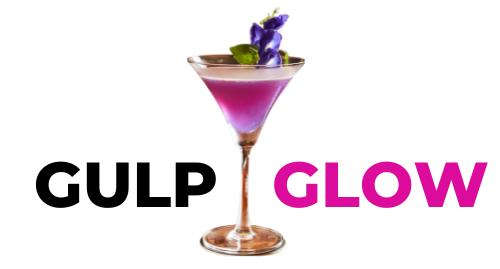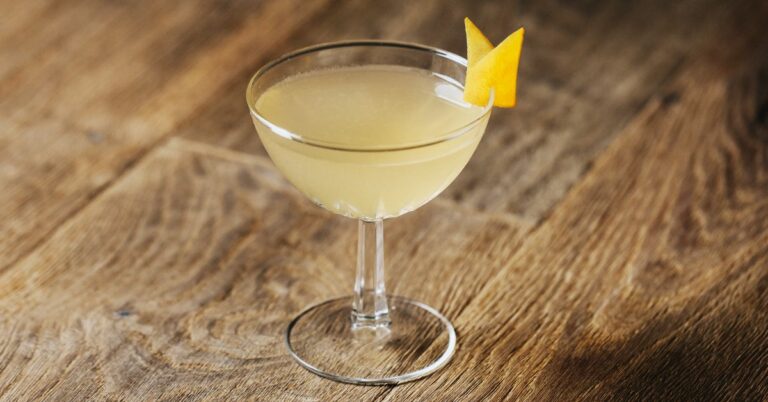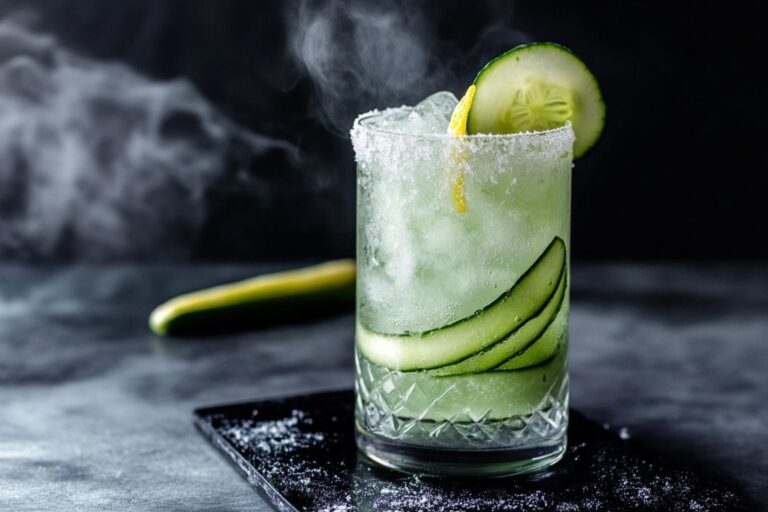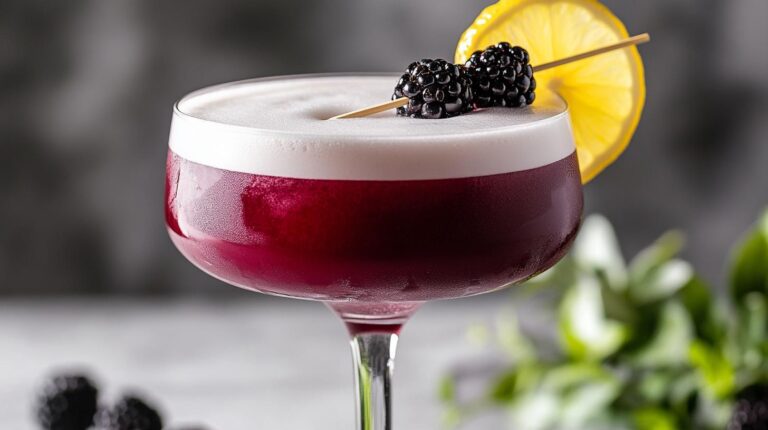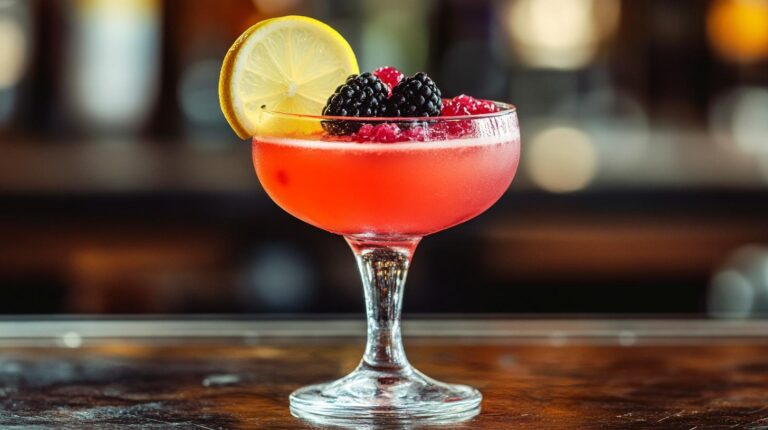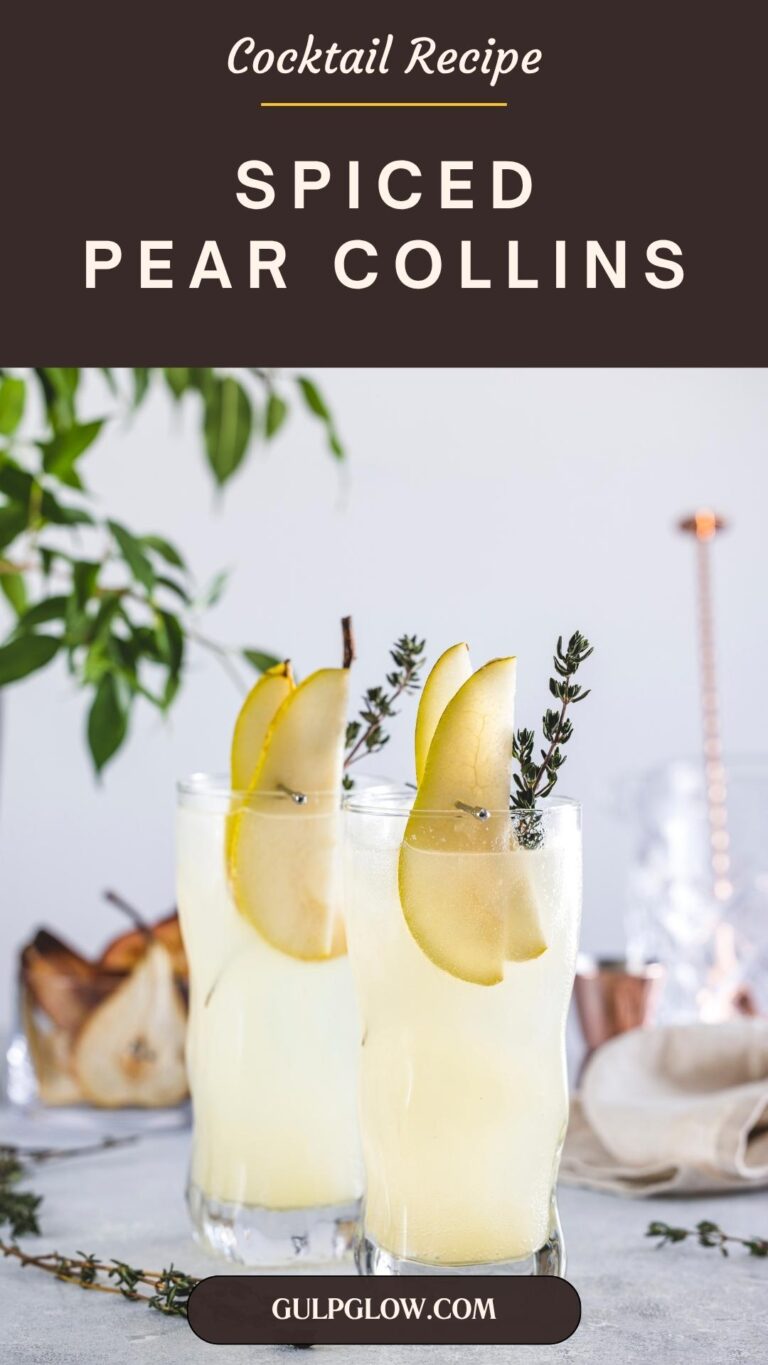Cynar Negroni Recipe: A Bold Twist on a Timeless Classic
The Cynar Negroni is a sophisticated spin on the traditional Negroni cocktail, introducing Cynar, a bitter artichoke-based Italian amaro, into the mix. While it still carries the signature bitterness and balance of the original Negroni, Cynar adds a unique layer of herbal complexity, making it slightly more approachable with a bittersweet earthiness.
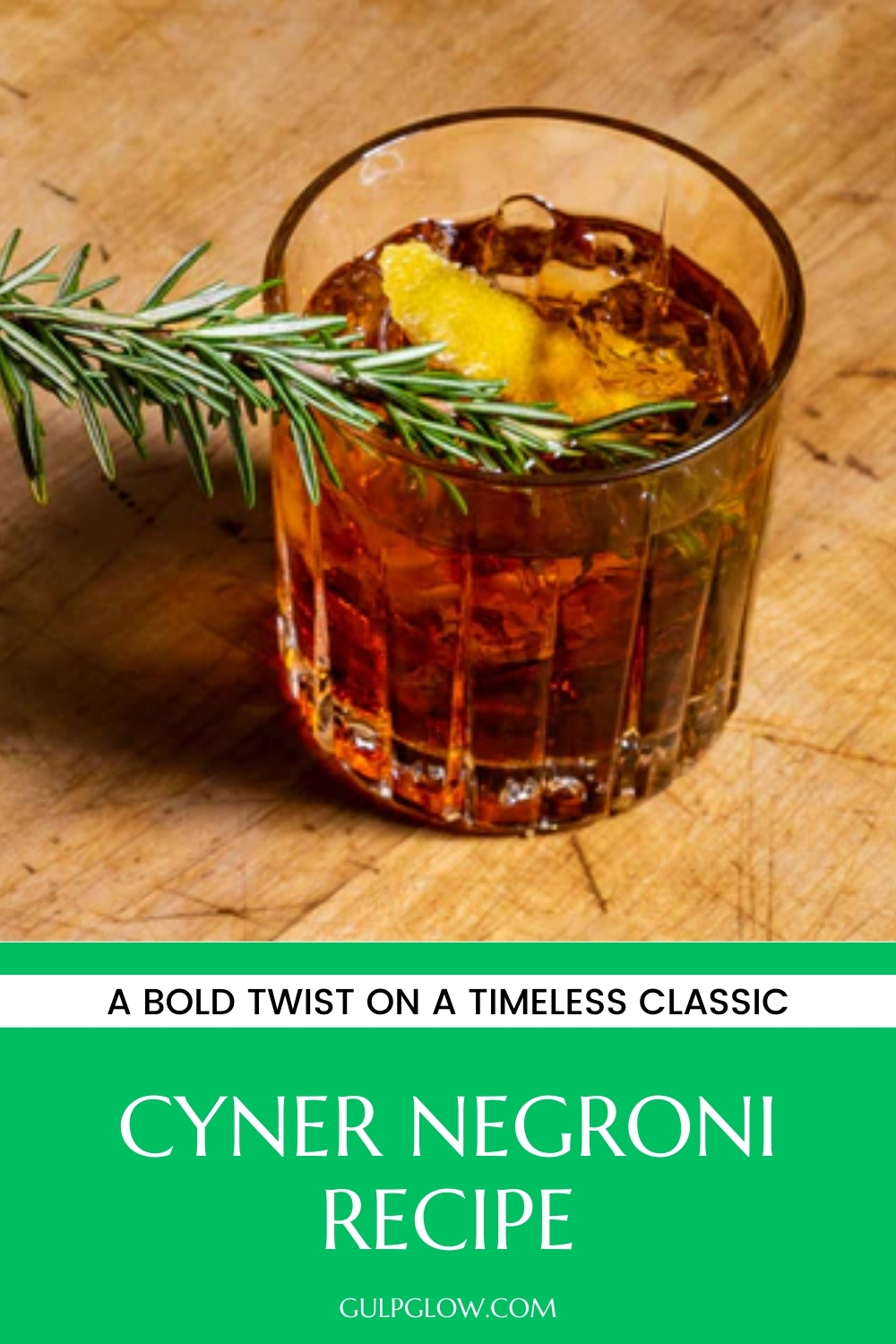
This cocktail is perfect for those who enjoy bold, bitter flavors but want a softer, more nuanced variation of the classic drink. If you’re looking to elevate your Negroni game or introduce something fresh to your cocktail lineup, the Cynar Negroni is a must-try.
Quick Facts Cynar Negroni
- Method: stirred
- Flavor profile: bitter, herbaceous, slightly sweet
- How to serve it: over ice
- Glassware: rocks glass
- Alcohol content: ~21% ABV, 17 grams of alcohol per serving
Cynar Negroni: A Bold Twist on a Timeless Classic
Ingredients
1 oz gin
1 oz Cynar
1 oz sweet vermouth
Orange peel for garnish
Directions
- Add gin, Cynar, and sweet vermouth to a mixing glass.
- Add ice and stir for 30 seconds.
- Strain into a chilled rocks glass over a large ice cube.
- Garnish with an expressed orange peel.
Ingredients
To craft a Cynar Negroni, you’ll need the following ingredients:
- 1 oz (30 ml) gin: A London dry gin works best, providing the botanical backbone of the cocktail.
- 1 oz (30 ml) Cynar: This Italian amaro made from artichokes adds a bitter yet earthy complexity.
- 1 oz (30 ml) sweet vermouth: Choose a high-quality sweet vermouth like Carpano Antica or Cocchi Vermouth di Torino to balance the bitterness with a touch of sweetness.
- Orange peel: For garnishing, adding a burst of citrus aroma.
Each ingredient plays a vital role in shaping the cocktail’s overall flavor. The gin contributes herbal and juniper-forward notes, which Cynar complements with its rich bitterness and complex blend of 13 herbs and plants. Sweet vermouth rounds out the drink, introducing sweetness to counterbalance the bitterness from Cynar and the dry botanicals of the gin.
Equipment Needed
Making the perfect Cynar Negroni is easy, but having the right tools can make a big difference in the final product:
- Mixing glass: Essential for properly stirring and chilling the ingredients.
- Bar spoon: To stir the cocktail evenly and integrate the ingredients.
- Jigger: For precise measurements of each ingredient.
- Strainer: To strain the cocktail into the glass without any ice chips.
- Rocks glass: The traditional glass for serving Negronis.
- Peeler or paring knife: To create a perfect orange peel garnish.
Having the right glassware is key for presentation. The rocks glass not only keeps the cocktail cool but allows the rich amber hues to shine through the ice, highlighting the drink’s depth and complexity.
Step-by-Step Instructions
Here’s how to make a Cynar Negroni that is perfectly balanced:
- Chill your glass: Fill a rocks glass with ice and set it aside while you prepare the cocktail.
- Measure and pour: Using your jigger, measure out 1 oz of gin, 1 oz of Cynar, and 1 oz of sweet vermouth. Pour these into a mixing glass.
- Add ice: Add a generous handful of ice cubes to the mixing glass.
- Stir: Using a bar spoon, stir the mixture for about 30 seconds. This ensures that the ingredients are properly chilled and diluted slightly for the right balance.
- Strain: Discard the ice from your rocks glass. Using a strainer, pour the cocktail over a fresh large ice cube in the glass.
- Garnish: Peel a wide strip of orange zest, avoiding the bitter white pith, and express the oils over the drink by gently squeezing the peel. Drop it into the glass or place it neatly on the rim.
Flavor Profile and Tasting Notes
The Cynar Negroni is a drink that expertly balances bitterness with sweetness. On the first sip, you’ll immediately notice the herbal complexity from Cynar, which gives the cocktail a smooth yet intense bitterness, different from the sharper edge of Campari. The juniper-forward notes from the gin are still present but more subdued, while the sweet vermouth provides a gentle sweetness that lingers on the palate.
Cynar brings an earthy, vegetal flavor that mellows the overall bitterness, making the drink slightly more approachable than the original Negroni. It’s a complex cocktail that evolves as you sip, revealing new layers of herbal, bitter, and slightly citrusy notes with each taste.
For pairings, Cynar Negroni works beautifully with rich, salty appetizers like prosciutto, hard cheeses like Parmigiano-Reggiano, or even fried snacks like arancini. Its bitterness and herbal complexity also complement earthy dishes such as roasted vegetables or mushroom-based plates.
Garnishing and Presentation
A Cynar Negroni’s garnish is simple yet crucial to the overall drinking experience. The orange peel not only adds visual appeal but also enhances the cocktail’s aroma with a burst of fresh citrus oils. To prepare the perfect garnish, use a vegetable peeler or paring knife to cut a wide strip of zest, ensuring you avoid the white pith. Hold the peel over the glass and gently squeeze it to express the oils, which will settle on the surface of the drink, adding an aromatic layer of complexity.
For an extra touch, some bartenders like to flame the orange peel before expressing it over the drink. This involves briefly passing the peel over a flame to caramelize the oils, adding a subtle smoky, burnt orange flavor to the cocktail.
When serving, use a large, crystal-clear ice cube in your rocks glass. This not only keeps the drink cool but also dilutes it more slowly, ensuring that the flavors remain intact as you sip.

Cocktail History and Trivia
While the classic Negroni was invented in Florence, Italy, in the early 20th century, the Cynar Negroni is a more recent variation. Cynar itself was created in 1952 by Italian entrepreneur Angelo Dalle Molle, who crafted it as an aperitif based on artichokes and other botanicals. Cynar’s unique blend of bitterness, earthiness, and herbaceousness has made it a favorite among bartenders looking to add complexity to classic cocktails like the Negroni.
The traditional Negroni, made with gin, Campari, and sweet vermouth, is a staple of Italian cocktail culture. Over the years, bartenders have experimented with various bitters and amari to create new versions of the drink. The Cynar Negroni is one of the most successful of these variations, adding a more earthy and mellow bitterness compared to Campari’s sharp intensity.
In recent years, the Negroni has seen a resurgence in popularity, particularly during Negroni Week, an annual celebration that raises funds for charity. The Cynar Negroni has become a standout variation at many of these events, favored for its unique flavor profile.
Serving Suggestions
The Cynar Negroni is an excellent aperitif, ideal for serving before a meal to stimulate the appetite. Its bitter and herbaceous qualities make it perfect for pairing with rich, savory foods like charcuterie or roasted meats. It’s also a great option for Negroni lovers looking to try something a bit different while still maintaining the essence of the original cocktail.
To serve for larger gatherings, prepare a batch of Cynar Negroni by scaling up the ingredients and mixing them in a large pitcher or punch bowl. You can pre-dilute the cocktail slightly by stirring it with ice, then straining it into a serving vessel. Offer guests orange peels to garnish their own drinks for a fun, interactive experience.

Alcohol Content and Alternatives
With an alcohol content of around 21% ABV, the Cynar Negroni is a fairly strong cocktail, though slightly less potent than the classic Negroni, thanks to the lower alcohol content in Cynar compared to Campari. Despite its strength, the balanced flavors make it easy to sip and enjoy.
For those looking for a non-alcoholic version, you can substitute the gin with a non-alcoholic gin alternative, and use a non-alcoholic bitter liqueur in place of Cynar. Pair this with a non-alcoholic vermouth or a low-sugar grape juice mixed with a few drops of bitters for a similar flavor profile.
Frequently Asked Questions (FAQ)
Q: What can I use if I don’t have Cynar?
A: If you don’t have Cynar, you can substitute another amaro like Amaro Montenegro or Averna. While these will create a slightly different flavor, they still offer a bitter, herbal quality that works well in a Negroni variation.
Q: Can I stir the Cynar Negroni for longer?
A: Yes! Stirring for longer will increase dilution, which can mellow the drink’s bitterness. If you find the Cynar Negroni too intense, stirring for an extra 10-15 seconds can help balance the flavors.
Q: Is Cynar made from just artichokes?
A: No, Cynar is made from 13 herbs and plants, with artichoke being the most prominent ingredient. Its blend of botanicals gives it a unique herbal and vegetal complexity.
Conclusion
The Cynar Negroni is a fantastic variation on a classic cocktail, offering a new twist on familiar flavors. With its rich, bitter complexity and earthy undertones, it’s a drink that appeals to both seasoned Negroni lovers and those looking for something a little different. Whether you’re hosting a dinner party, relaxing at home, or enjoying an aperitif before a meal, the Cynar Negroni is a cocktail worth adding to your repertoire.
Keep an eye out for our next cocktail feature, where we’ll continue to explore creative variations of timeless drinks!
